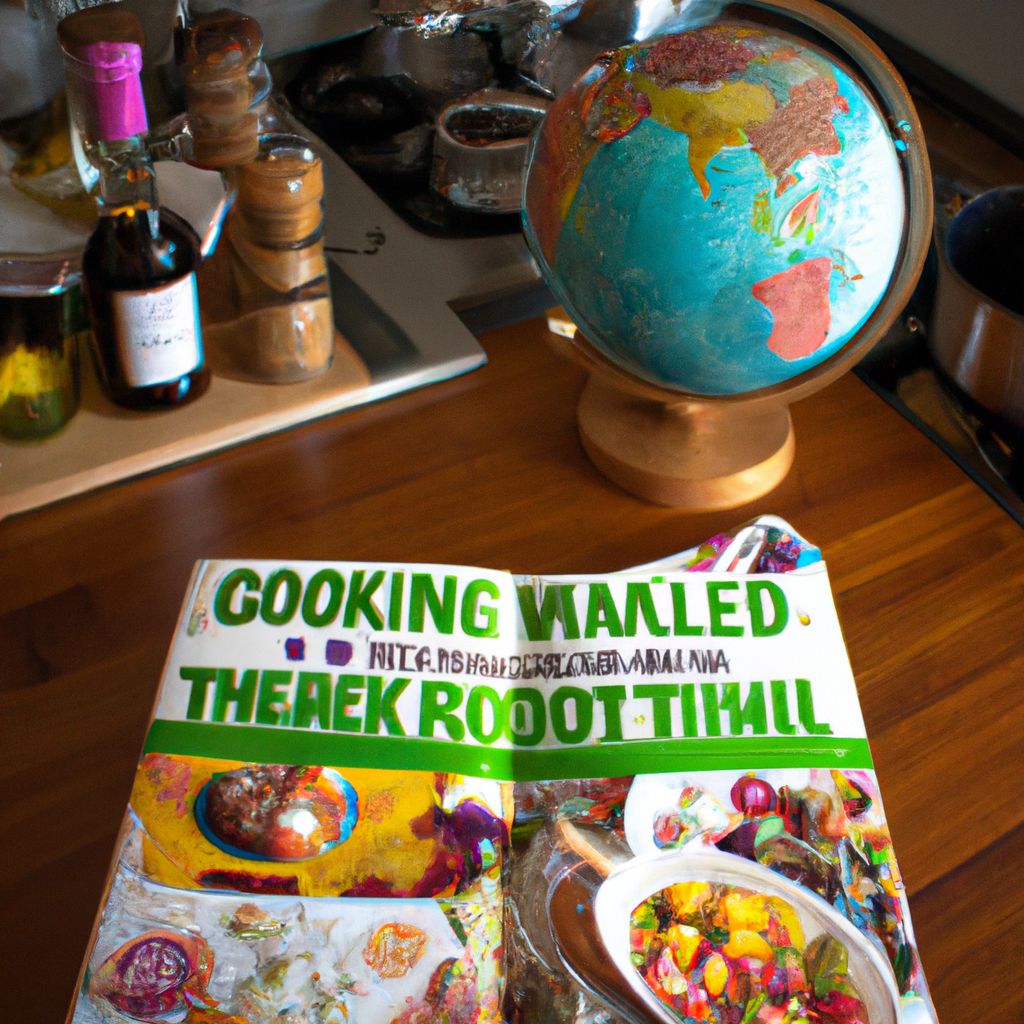- Introduction: Importance of Experiencing Diverse Cuisines
- Understanding Global Cuisine: An Overview
- Why Cook Global Cuisine at Home?
- Must-Have Tools for Cooking International Foods
- Essential Ingredients for Global Cuisine
- Exploring European Cuisine: Key Dishes and Preparation Techniques
- Savoring Asian Cuisine: Popular Recipes and Cooking Methods
- Journey through African Cuisine: Traditional Foods and How to Make Them
- Discovering Latin American Cuisine: Classic Dishes and Their Preparation
- Diving into North American Cuisine: Signature Recipes and How to Cook Them
- Cooking Tips and Tricks for Global Cuisine
- Benefits of Cooking Global Cuisine at Home
- Conclusion: Expanding Your Culinary Horizons Through Global Cuisine
Introduction: Importance of Experiencing Diverse Cuisines

Experiencing diverse cuisines is a journey that goes beyond simply expanding your culinary repertoire. It's an exploration that bridges cultures and connects us to different communities across the globe. It's about understanding and appreciating the unique traditions, techniques, and flavors that shape each country's culinary identity.
Research from the National Bureau of Economic Research shows that the variety of international foods consumed in the United States has increased by almost 40% in the past two decades, signaling a growing interest in global cuisine. This shift isn't just about palate evolution; it also reflects a broader cultural change, driven by globalization and an increased awareness of multiculturalism.
Trying various cuisines doesn't just offer new flavors and techniques; it also provides a unique lens through which to view and understand other cultures. As celebrity chef and author Anthony Bourdain once said, "Food is everything we are. It's an extension of nationalist feeling, ethnic feeling, your personal history, your province, your region, your tribe, your grandma. It's inseparable from those from the get-go."
Therefore, the importance of experiencing diverse cuisines lies in its ability to enlighten us, broadening our understanding of the world and the people within it. By embarking on this culinary journey, we open ourselves up to the richness of global cultures, fostering a sense of unity and appreciation for our shared human experience.
Understanding Global Cuisine: An Overview
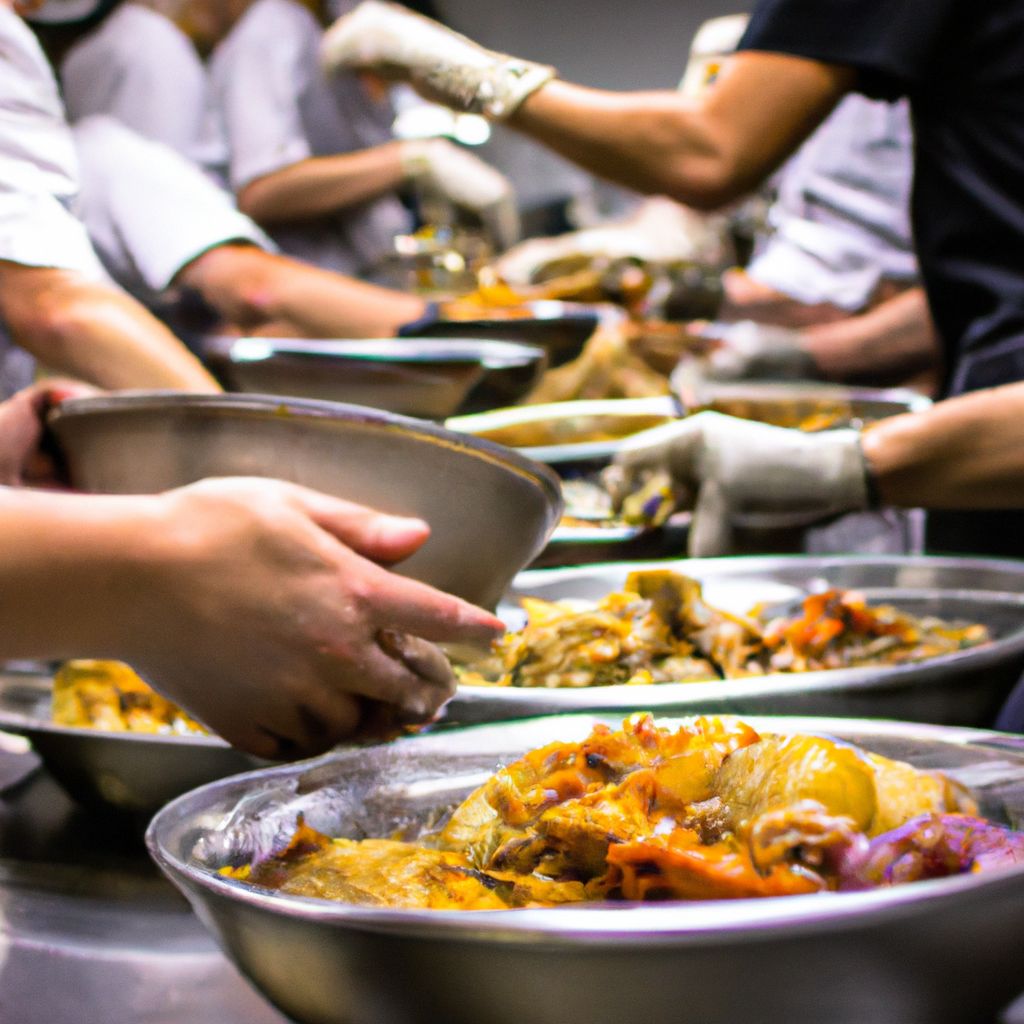
Global cuisine is a vast and diverse concept, encapsulating the myriad culinary traditions, cooking techniques, and flavors that originate from countries and cultures around the world. Each nation's cuisine is a reflection of its history, environment, and cultural identity, shaped by factors such as geography, climate, local flora and fauna, and historical events.
For instance, Italian cuisine is renowned for its regional diversity, with recipes varying widely between the sun-soaked coastal regions and the snow-capped mountains. This has resulted in a rich tapestry of dishes, from the seafood-infused meals of the Amalfi Coast to the hearty, meat-based fare of the Alps.
On the other hand, Japanese cuisine, or 'washoku', is recognized by UNESCO as an Intangible Cultural Heritage, largely due to its emphasis on seasonality, precision, and the celebration of pure, clean flavors. Japan's unique geography, surrounded by sea and dotted with mountains, greatly influences its cuisine.
Furthermore, the rise of fusion cuisine reflects the influence of globalization on food. Fusion cuisine combines elements of different culinary traditions, offering innovative and exciting combinations. This trend not only showcases the evolution of global cuisine but also signifies the blending of cultures and the universal language of food.
Understanding global cuisine requires an openness to new flavors and techniques, as well as a respect for the cultural traditions they emerge from. It's a journey of exploration and discovery, inviting us to taste the world from our kitchens.
Why Cook Global Cuisine at Home?

Cooking global cuisine at home has several advantages that extend beyond simply satisfying your taste buds. It allows you to immerse yourself in different cultures, experiment with new ingredients and techniques, and gain a deeper appreciation for the world's culinary diversity.
Firstly, cooking global cuisine at home helps broaden your culinary skills and knowledge. Each cuisine has its unique preparation methods, cooking techniques, and flavor combinations, offering endless opportunities for learning and creativity. A study in the Journal of Personality and Social Psychology revealed that creative activities like cooking and baking can enhance a person's overall well-being and positivity.
Secondly, cooking global cuisine can be a more affordable way to explore the world's flavors. While dining in authentic international restaurants can be a delightful experience, it can also be costly. By sourcing ingredients locally or online and preparing meals at home, you can enjoy global dishes at a fraction of the cost.
Lastly, cooking global cuisine at home can be a fun and rewarding activity to do with family or friends. It fosters a sense of community and shared experience, promoting cultural understanding and appreciation. According to a report by the Hartman Group, 88% of Americans say they enjoy cooking at home, and 67% agree that cooking at home brings their family together.
In summary, cooking global cuisine at home is an enriching experience that combines culinary exploration with cultural education, all while enjoying delicious meals from the comfort of your own kitchen.
Must-Have Tools for Cooking International Foods
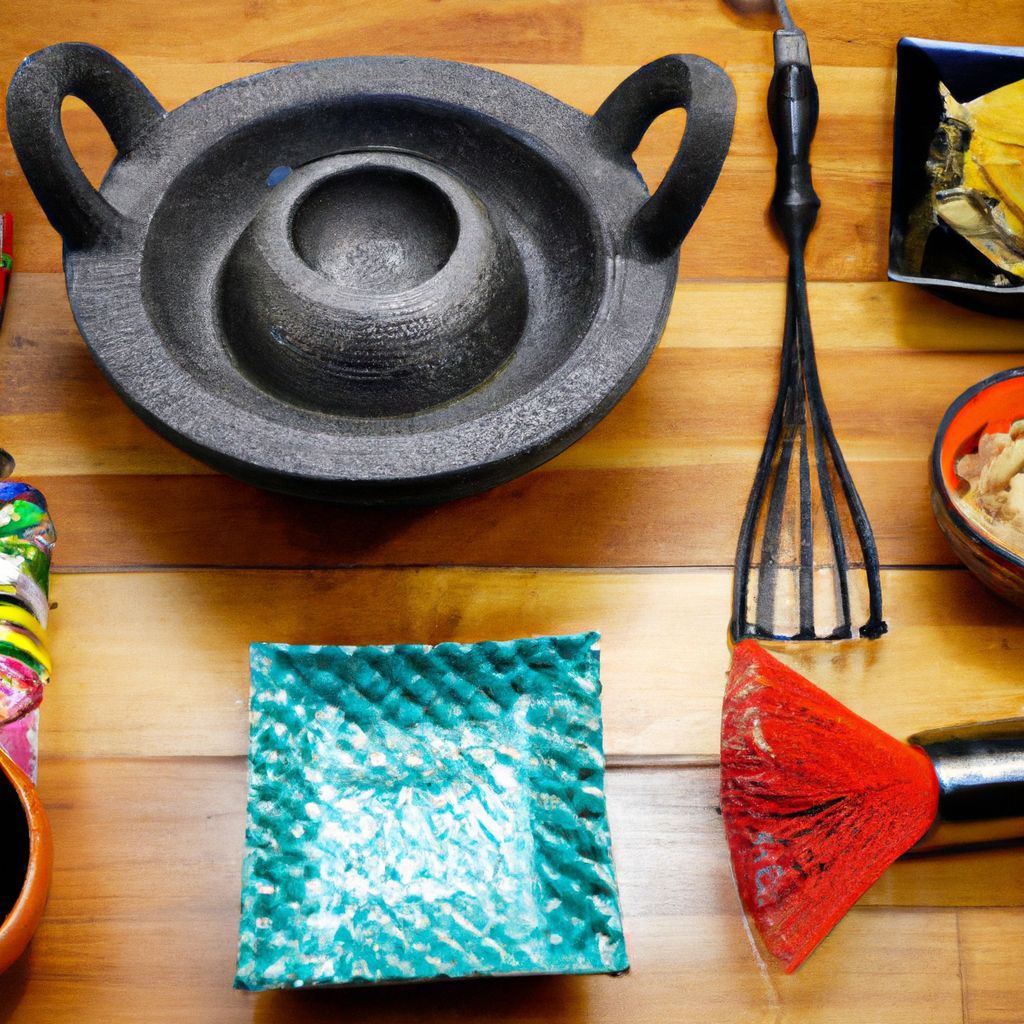
Equipping your kitchen with the right tools is crucial to successfully recreate international dishes at home. From a Mexican molcajete to a Chinese wok, these tools not only facilitate the cooking process but also add authenticity to the preparation and flavor of your dishes.
A wok, for instance, is a staple in Asian kitchens. Its unique shape allows for quick, high-heat cooking, ideal for stir-frying, deep-frying, and even steaming. The Leiden University's study on Chinese cuisine and culture emphasizes the importance of the wok, stating that it "symbolizes the essence of Chinese cooking."
For Middle Eastern dishes, a tagine is invaluable. This cone-shaped cooking vessel allows for slow cooking at low temperatures, resulting in tender, flavorful dishes. As the food cooks, steam rises into the cone, condenses, and then trickles down the sides back into the dish, keeping the food moist and succulent.
When it comes to Mexican cuisine, a molcajete, or a traditional stone mortar and pestle, is key. It's used to grind spices, make salsas, guacamole, and even to serve dishes. According to a study published in the Journal of Ethnic Foods, the use of a molcajete can significantly enhance the flavor of Mexican dishes.
Other tools include the Italian pasta maker for creating homemade pasta, the Indian tandoor for making naan and other baked goods, and the Japanese sushi mat for rolling sushi. These tools not only help in the cooking process but also add an element of authenticity to your global culinary adventures.
Essential Ingredients for Global Cuisine

Just as a painter needs a palette of colors, a home cook needs a pantry of ingredients to bring global cuisine to life. The essential ingredients vary by region, reflecting the local agriculture, climate, and culinary traditions. Here are some key ingredients that are central to various global cuisines.
For Mediterranean cuisine, olive oil, garlic, tomatoes, and fresh herbs like basil and oregano are indispensable. The Mediterranean diet, which is often associated with numerous health benefits, heavily relies on these ingredients, according to a report by the Mayo Clinic.
Asian cuisine, particularly Chinese and Japanese, require staples like soy sauce, rice vinegar, sesame oil, and a variety of noodles. These ingredients form the basis of many traditional dishes, providing umami-rich, savory flavors that are characteristic of these cuisines.
When it comes to Middle Eastern cuisine, spices reign supreme. Ingredients like cumin, coriander, turmeric, and sumac are essential, along with chickpeas, yogurt, and tahini, forming the basis of dishes like hummus, falafel, and shawarma.
Indian cuisine is known for its bold flavors, achieved through the use of a variety of spices, including cardamom, turmeric, garam masala, and coriander. Lentils, rice, and atta (whole wheat flour) are also key pantry staples.
Finally, for Mexican cuisine, ingredients like corn, beans, chili peppers, avocados, and tomatoes are crucial. These ingredients are used in a myriad of dishes, from tacos and enchiladas to guacamole and salsa.
By stocking your pantry with these essential ingredients, you'll be well-prepared to explore the flavors of global cuisine in your kitchen.
Exploring European Cuisine: Key Dishes and Preparation Techniques
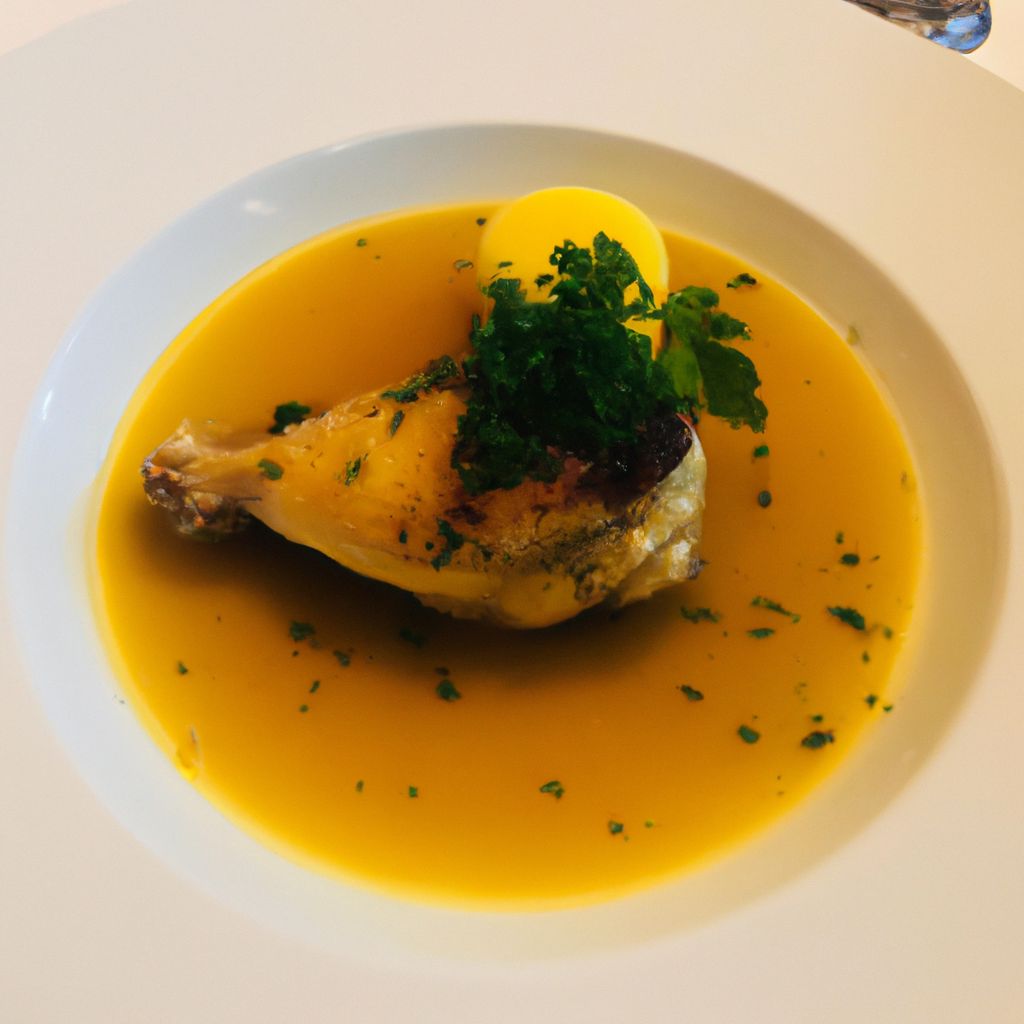
European cuisine encompasses a diverse range of culinary traditions, characterized by the unique flavors, dishes, and preparation techniques of each region. Let's embark on a culinary tour of Europe, exploring some key dishes and how they are prepared.
Starting with Italy, a cornerstone of European cuisine, we encounter the world-renowned pasta. Italian pasta dishes rely on the quality of ingredients and the precision of their preparation. The pasta, often made from scratch, is cooked al dente and then tossed in a sauce made from ingredients like tomatoes, garlic, olive oil, and fresh herbs. Italian cuisine also includes regional specialties like Neapolitan pizza, Tuscan steak, and Sicilian arancini.
Moving on to France, we discover the art of haute cuisine. French culinary techniques are often complex and meticulous, emphasizing careful preparation and presentation. Signature dishes include Coq au Vin, a chicken dish slow-cooked in red wine, and Bouillabaisse, a flavorful fish stew originated from Marseille.
In Spain, the home of tapas, paella is a standout dish. This Valencian rice dish is cooked in a large, flat pan and is traditionally flavored with saffron, various meats or seafood, and vegetables. Spanish cuisine also includes gazpacho, a chilled tomato soup ideal for hot summers, and churros, a sweet treat typically enjoyed with thick, hot chocolate.
Finally, in Germany, hearty and robust flavors dominate. Dishes like Sauerbraten, a pot roast usually of beef, marinated before being slow-cooked, and Bratwurst, a type of German sausage, are popular. German cuisine also boasts a wide variety of bread and beer.
In essence, exploring European cuisine involves understanding the diverse culinary traditions, key dishes, and preparation techniques that define each region. This exploration allows us to appreciate the richness and variety of European cuisine, offering a delightful culinary journey through the continent.
Savoring Asian Cuisine: Popular Recipes and Cooking Methods
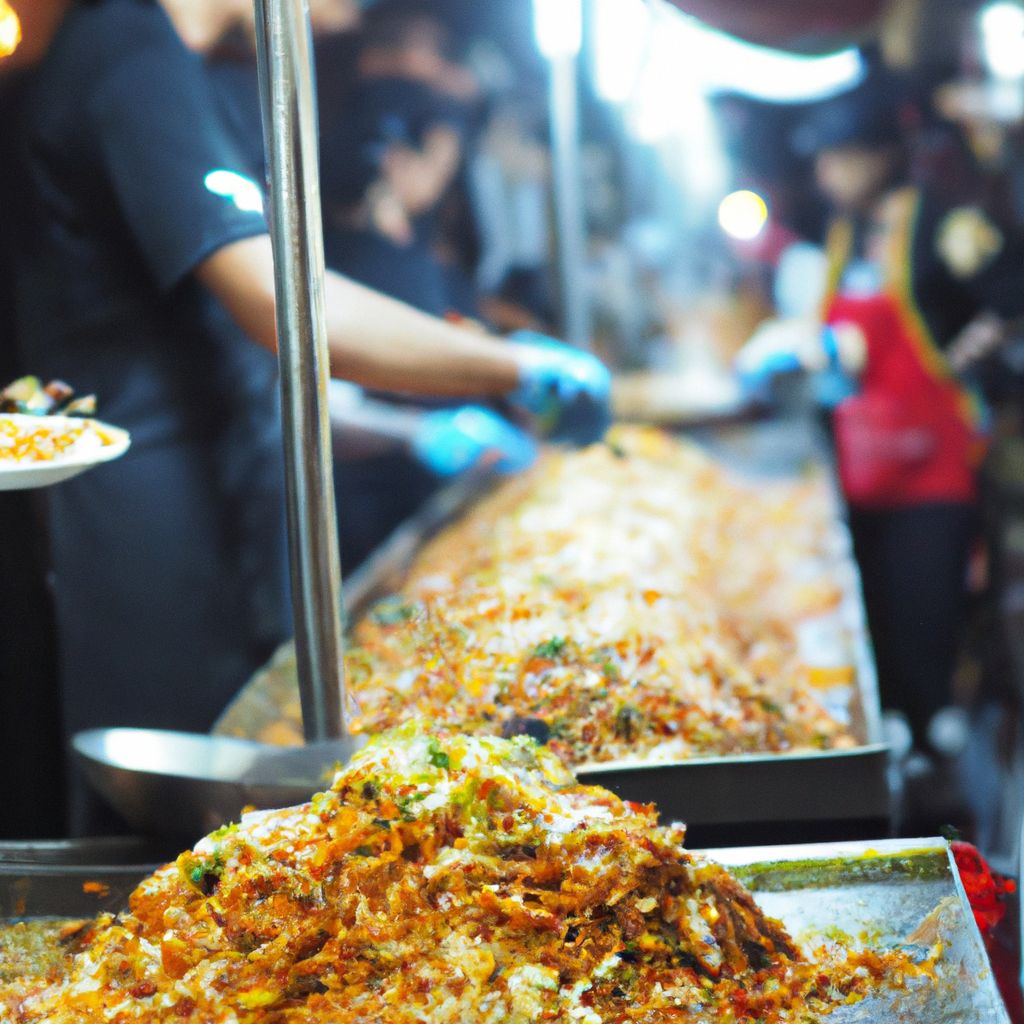
Asian cuisine, with its diverse cultures, traditions, and regional specialties, offers a rich tapestry of flavors and cooking techniques. From China's stir-frying to India's slow-cooking curries, let's delve into some popular recipes and cooking methods that define Asian cuisine.
Chinese cuisine is characterized by its variety and balance of flavors. Popular dishes include Peking Duck, a roasted duck dish with crispy skin, and Mapo Tofu, a spicy, aromatic dish made with tofu, chili, and bean paste. Stir-frying in a wok, a method that retains the freshness and nutritional quality of the ingredients, is a common cooking technique, according to a study in the Journal of Ethnic Foods.
Japanese cuisine, known for its aesthetic presentation and emphasis on fresh, seasonal ingredients, features sushi, a dish of vinegared rice accompanied by various ingredients, usually seafood, as a key dish. Ramen, a flavorful noodle soup, is another popular dish. Cooking methods vary from grilling (Yakitori) to deep-frying (Tempura) and even raw preparations (Sashimi).
Indian cuisine is known for its rich, fragrant curries and diverse range of breads and rice dishes. Signature recipes include Biryani, a mixed rice dish with spices and meat, and Butter Chicken, a creamy curry dish. Slow-cooking methods, which allow the flavors to develop and intensify, are common in Indian cuisine.
Thai cuisine is famous for its aromatic dishes and the balance of four fundamental flavors: sweet, salty, sour, and spicy. Pad Thai, a stir-fried noodle dish, and Green Curry, a creamy, spicy curry, are among Thailand's most well-known dishes. Thai cooking often involves stir-frying, grilling, and stewing methods.
Exploring Asian cuisine opens up a world of vibrant flavors, unique recipes, and diverse cooking methods. Each dish tells a story of its cultural heritage, offering a fascinating culinary journey through Asia.
Journey through African Cuisine: Traditional Foods and How to Make Them
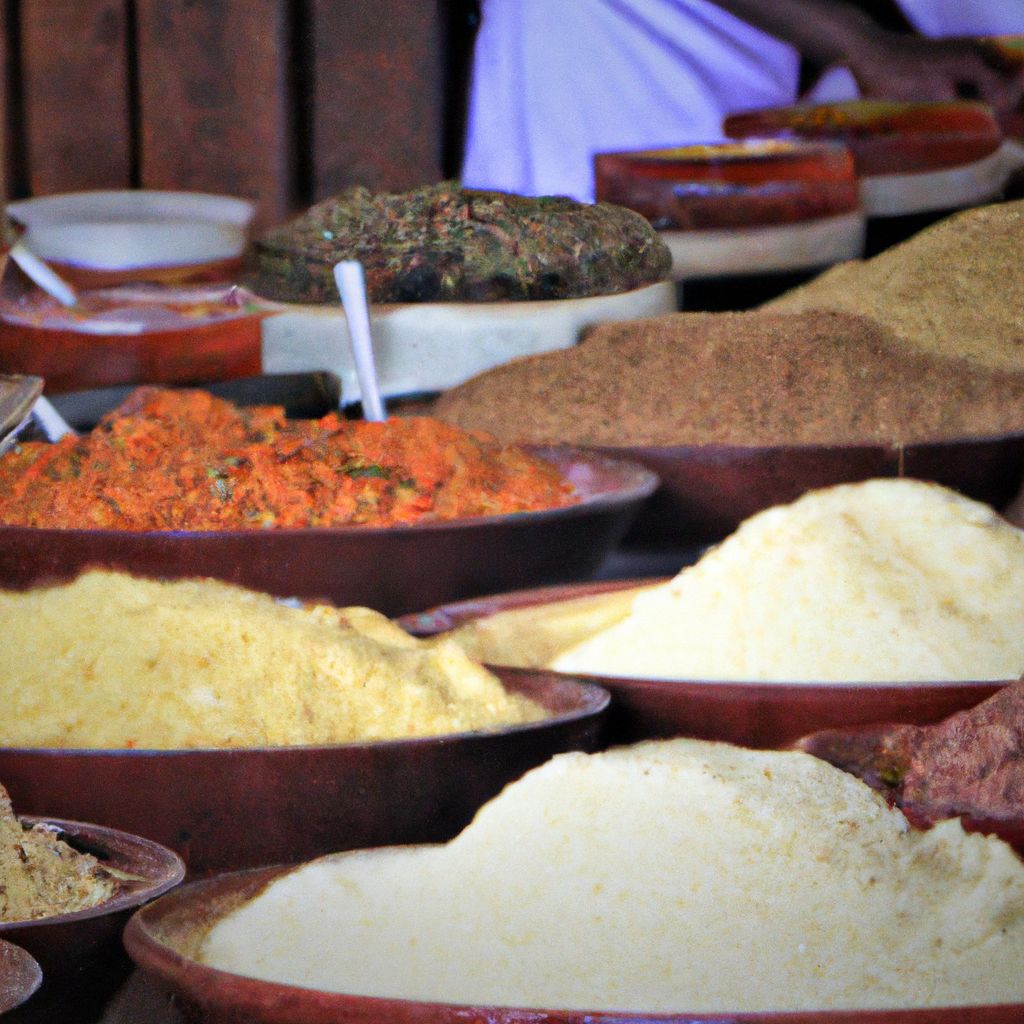
African cuisine is a mosaic of traditional foods and cooking methods, influenced by the continent's rich history, diverse cultures, and abundant natural resources. From the tagines of North Africa to the flavorful stews of West Africa, let's explore some traditional foods and how to make them.
North Africa is renowned for its Mediterranean influences and use of spices. One of the most iconic dishes is Couscous, a staple food made from semolina wheat, often served with a stew. Tagine, a slow-cooked stew named after the earthenware pot it's cooked in, is another popular dish—made with meat, poultry, or fish, and a variety of fruits and vegetables.
West African cuisine is known for its hearty stews and flavorful sauces. Jollof Rice, a one-pot rice dish cooked with tomatoes, onions, and a variety of spices, is a regional favorite. Another popular dish is Egusi Soup, a rich, thick soup made from ground melon seeds, vegetables, and meat or fish.
In East Africa, Ugali, a type of cornmeal porridge, and Nyama Choma, grilled meat, are staple foods. Ethiopian cuisine is famous for Injera, a sourdough flatbread, and Doro Wat, a spicy chicken stew, traditionally eaten together by tearing off a piece of Injera and using it to scoop up the stew.
South African cuisine is a blend of indigenous and international influences. Bobotie, a baked dish of spiced minced meat topped with an egg-based topping, and Boerewors, a type of sausage popular in barbecues, are traditional favorites.
In essence, African cuisine offers a diverse range of flavors, ingredients, and cooking techniques, each with its unique cultural significance. By trying these traditional recipes, you can embark on a culinary journey through Africa, right from your kitchen.
Discovering Latin American Cuisine: Classic Dishes and Their Preparation
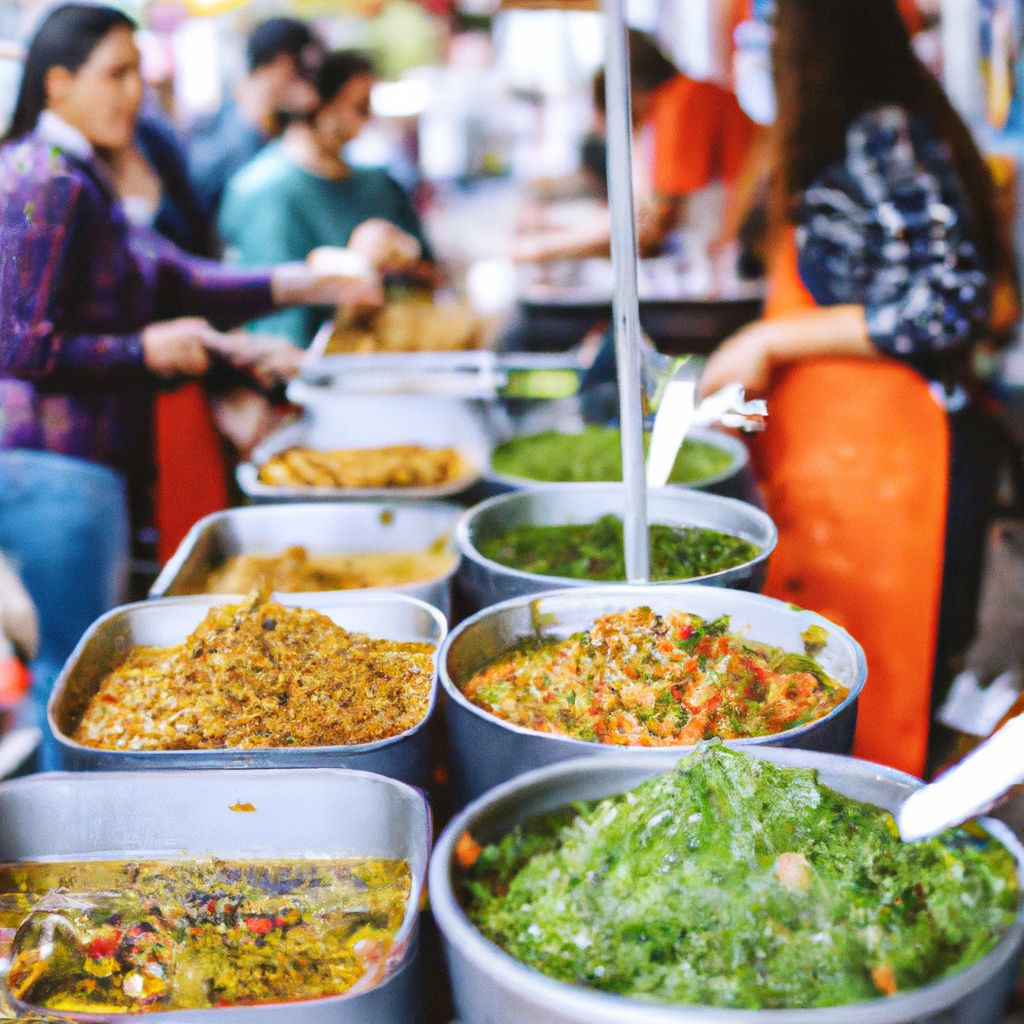
Latin American cuisine is a flavorful blend of Indigenous, European, African, and Asian influences. From Mexican tacos to Peruvian ceviche, let's explore some classic dishes and their preparation methods that define this vibrant culinary region.
Mexican cuisine, recognized by UNESCO as an Intangible Cultural Heritage, is renowned for its diversity and rich flavors. Tacos, one of the most iconic dishes, are traditionally made with corn tortillas filled with various ingredients like meat, beans, cheese, and salsa. Another popular dish is Mole, a complex sauce made with numerous ingredients, including chili peppers, spices, and chocolate, typically served over meat.
In Brazilian cuisine, Feijoada, a black bean stew with pork, is a national dish. This hearty, flavorful dish is usually served with rice, collard greens, and farofa (toasted cassava flour). Another classic is Acarajé, a deep-fried ball of black-eyed pea dough, filled with vatapá (shrimp paste) and vegetables.
Argentinian cuisine is famous for its high-quality beef, often prepared as Asado, a traditional barbecue. Empanadas, pastries filled with meat, cheese, or vegetables, are also a staple dish. The preparation involves baking or frying the pastry until it's golden brown and crisp.
Peruvian cuisine is recognized for its unique fusion of flavors and ingredients. Ceviche, a dish of raw fish marinated in citrus juices and spices, is a classic example. Another traditional dish is Lomo Saltado, a stir-fry that combines marinated strips of sirloin with onions, tomatoes, and fries, served with rice.
Exploring Latin American cuisine is a journey of discovery, filled with colorful flavors, diverse ingredients, and traditional cooking methods. Each dish offers a taste of the region's rich cultural heritage and culinary creativity.
Diving into North American Cuisine: Signature Recipes and How to Cook Them
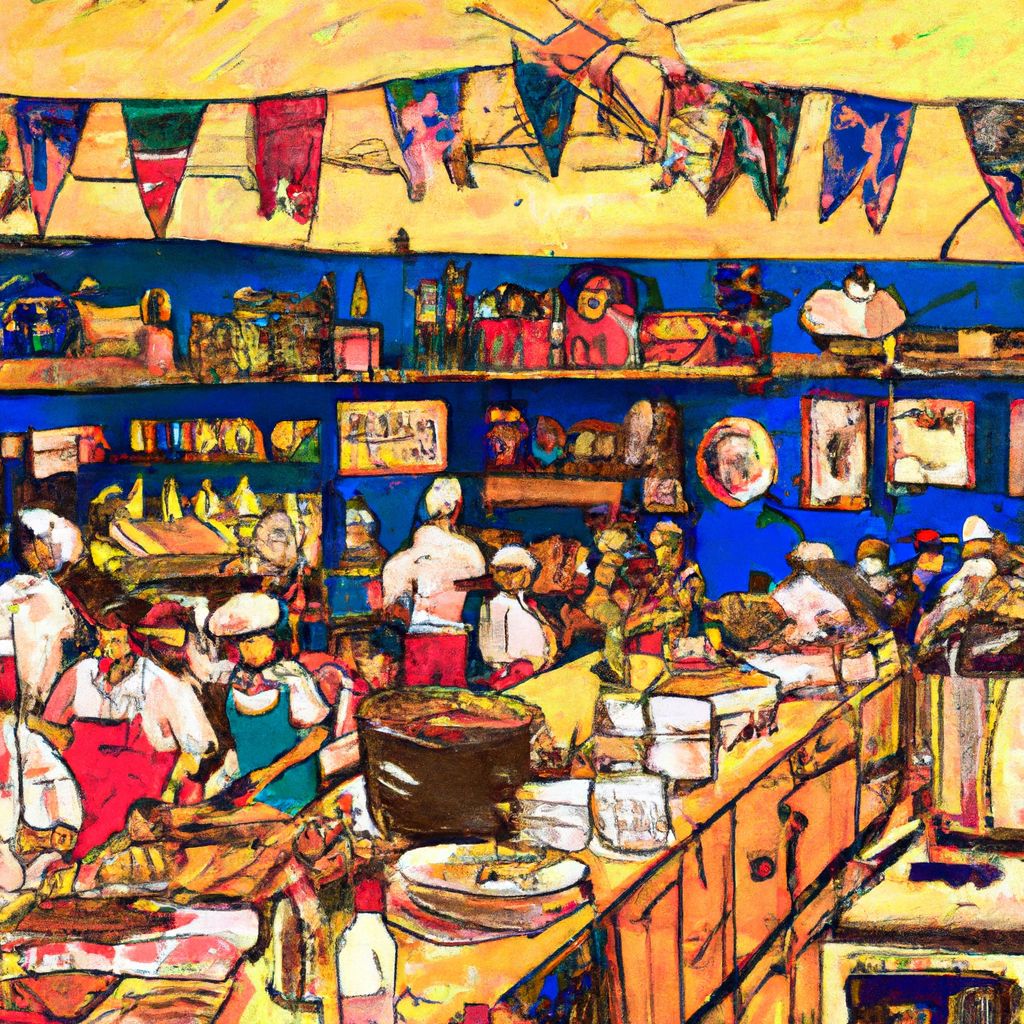
North American cuisine, encompassing the culinary traditions of the United States and Canada, is a melting pot of Indigenous, European, African, and Asian influences. From the classic American hamburger to the Canadian poutine, let's explore some signature recipes and how to cook them.
American cuisine is as diverse as its population, with regional specialties reflecting the country's multicultural heritage. The Hamburger, a ground beef patty sandwiched between two slices of bread, is perhaps the most iconic American dish. It's typically garnished with lettuce, tomato, onions, pickles, cheese, and condiments like ketchup, mayonnaise, and mustard. Another beloved dish is Southern-style Fried Chicken, marinated in buttermilk, coated with flour, and deep-fried until golden and crispy.
Barbecue is a significant part of American cuisine, particularly in the South. Ribs, brisket, and pulled pork, slow-cooked on a grill or smoker, are classic barbecue dishes. They're often served with side dishes like coleslaw, cornbread, and baked beans.
In New England, Clam Chowder, a creamy soup filled with clams, potatoes, onions, and bacon, is a regional favorite. And in the Southwest, Mexican-inspired dishes like Tacos and Enchiladas are prevalent.
Canadian cuisine, influenced by British, French, and Indigenous cultures, features dishes like Poutine, a hearty dish of fries topped with cheese curds and smothered in gravy. Tourtière is another classic—a savory meat pie hailing from Quebec, traditionally served during the holiday season.
Exploring North American cuisine allows you to savor a diverse range of flavors and cooking techniques. Each dish, from the simple hamburger to the complex barbecue, offers a unique taste of the region's cultural and culinary history.
Cooking Tips and Tricks for Global Cuisine
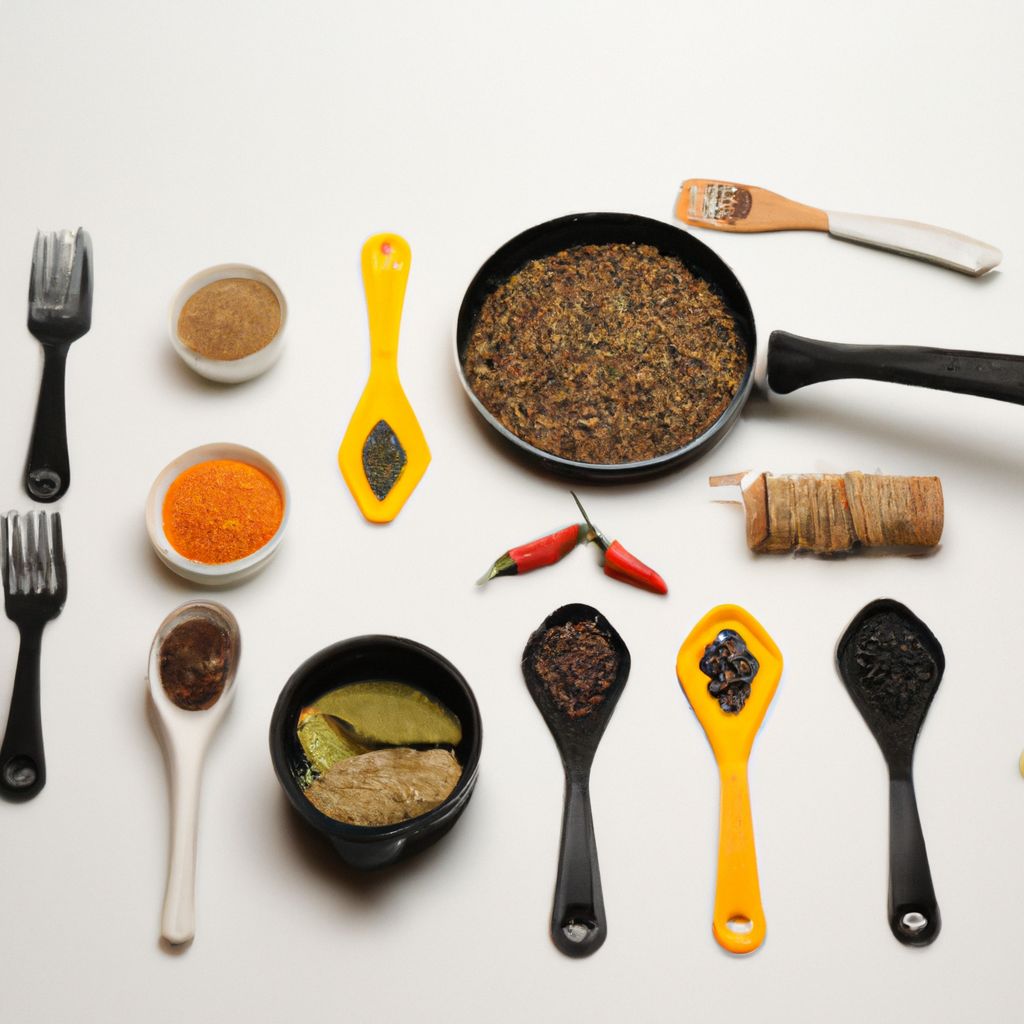
As you embark on your culinary journey around the world, a few tips and tricks can help optimize your cooking experience and bring the authentic taste of global cuisine into your kitchen.
Firstly, invest in quality ingredients. The authenticity of a dish often lies in its ingredients. For instance, using real Parmigiano-Reggiano can elevate your Italian pasta dish, while coconut milk is essential for a creamy Thai curry. If certain ingredients are hard to find, try online specialty food stores or local ethnic markets.
Secondly, understand the role of spices and herbs. They are vital in many cuisines, from the cumin and coriander in Middle Eastern dishes to the turmeric and garam masala in Indian curries. Learn how to store and use them correctly. For instance, whole spices last longer and provide more flavor when ground just before use.
Next, mastering the cooking techniques is key. Whether it's stir-frying in a wok for Chinese dishes, slow-cooking a tagine for Moroccan cuisine, or grilling for an American barbecue, each technique contributes to the authenticity of the dish.
Don't shy away from experimenting. Part of the joy of global cuisine is discovering new flavors and combinations. Feel free to adapt recipes to your taste, dietary needs, or available ingredients.
Lastly, enjoy the process. Cooking global cuisine is a journey of exploration and discovery. As Julia Child said, "No one is born a great cook, one learns by doing."
With these tips and tricks in mind, you'll be well-equipped to navigate the exciting world of global cuisine and bring a taste of the world into your kitchen.
Benefits of Cooking Global Cuisine at Home

Cooking global cuisine at home not only provides a platform for culinary exploration but also offers numerous benefits, ranging from health and wellness to cultural appreciation and personal development.
One significant benefit is the ability to control your ingredients. This can have a substantial impact on your health and wellness, as many restaurant dishes are higher in calories, sodium, and unhealthy fats. The American Heart Association states that home-cooked meals tend to be healthier, allowing for better portion control and ingredient transparency.
Cooking global cuisine at home can also expand your culinary skills and knowledge. Each cuisine offers unique techniques, flavor profiles, and ingredient combinations. According to the Journal of Positive Psychology, engaging in creative activities like cooking and baking can enhance personal growth and development.
Furthermore, it's an excellent way to immerse yourself in different cultures. Food is a reflection of a country's history, geography, and culture. By cooking various cuisines, you gain a deeper understanding and appreciation of the world's cultural diversity.
Finally, it can be a fun and rewarding experience, whether you're cooking for yourself, hosting a dinner party, or involving the whole family. A survey by the Harvard Business Review found that people who engage in creative activities like cooking report feeling more relaxed and happier in their everyday lives.
In conclusion, cooking global cuisine at home offers a world of benefits, enriching your palate, enhancing your cooking skills, promoting cultural appreciation, and contributing to a healthier, happier lifestyle.
Conclusion: Expanding Your Culinary Horizons Through Global Cuisine
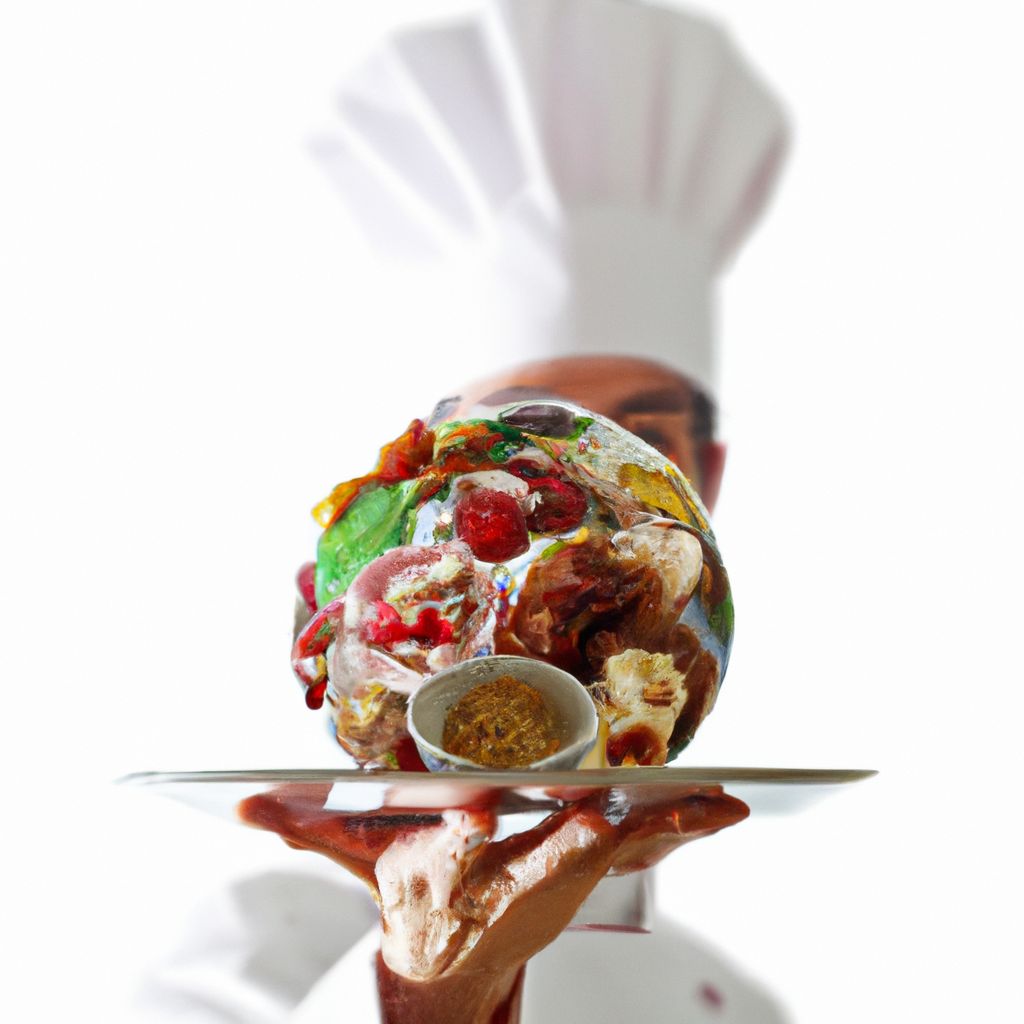
Exploring global cuisine is more than a culinary endeavor—it's an enriching and enlightening journey that bridges cultures, fosters understanding, and broadens our perspective of the world. The kitchen becomes a gateway to distant lands, offering a taste of the rich tapestry of traditions, flavors, and techniques that define each region's culinary identity.
By cooking international dishes at home, you not only diversify your palate but also empower yourself with new skills and knowledge. You become an active participant in the preservation and evolution of traditional recipes, contributing to the rich, ever-evolving narrative of global cuisine.
Furthermore, the act of cooking global cuisine fosters a sense of community and shared experience. It's a universal language that brings people together, celebrating our shared humanity through the love of food. As renowned chef, Ferran Adria once said, "Cooking is a language through which you can express harmony, creativity, happiness, beauty, poetry, complexity, magic, humor, provocation, and culture."
In conclusion, expanding your culinary horizons through global cuisine is a rewarding journey that offers a wealth of flavors, experiences, and insights. It invites us to taste the world from our kitchens, fostering a deeper appreciation for our global community and the diverse culinary traditions that enrich it.


